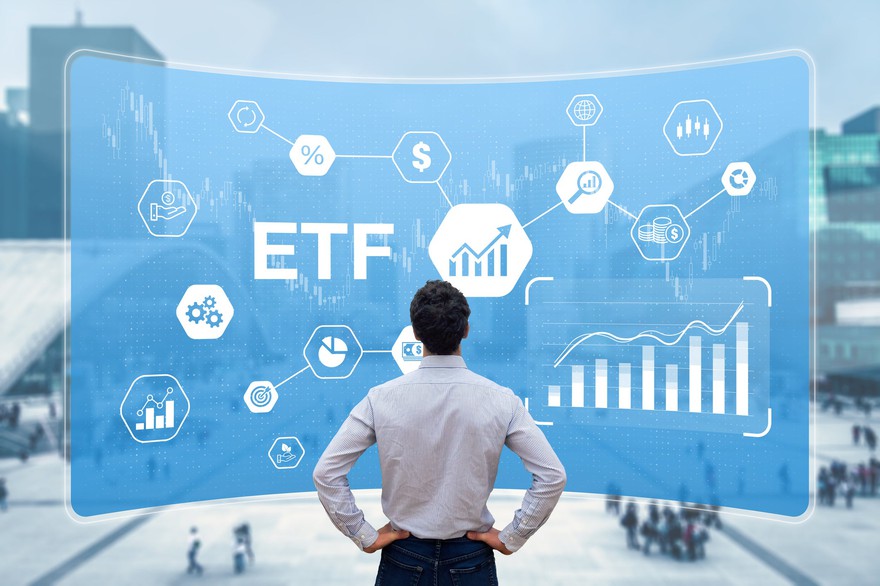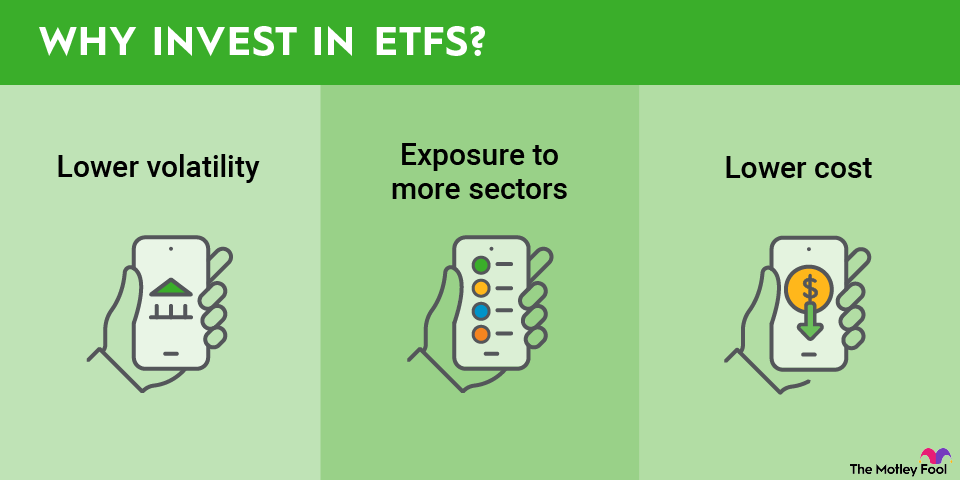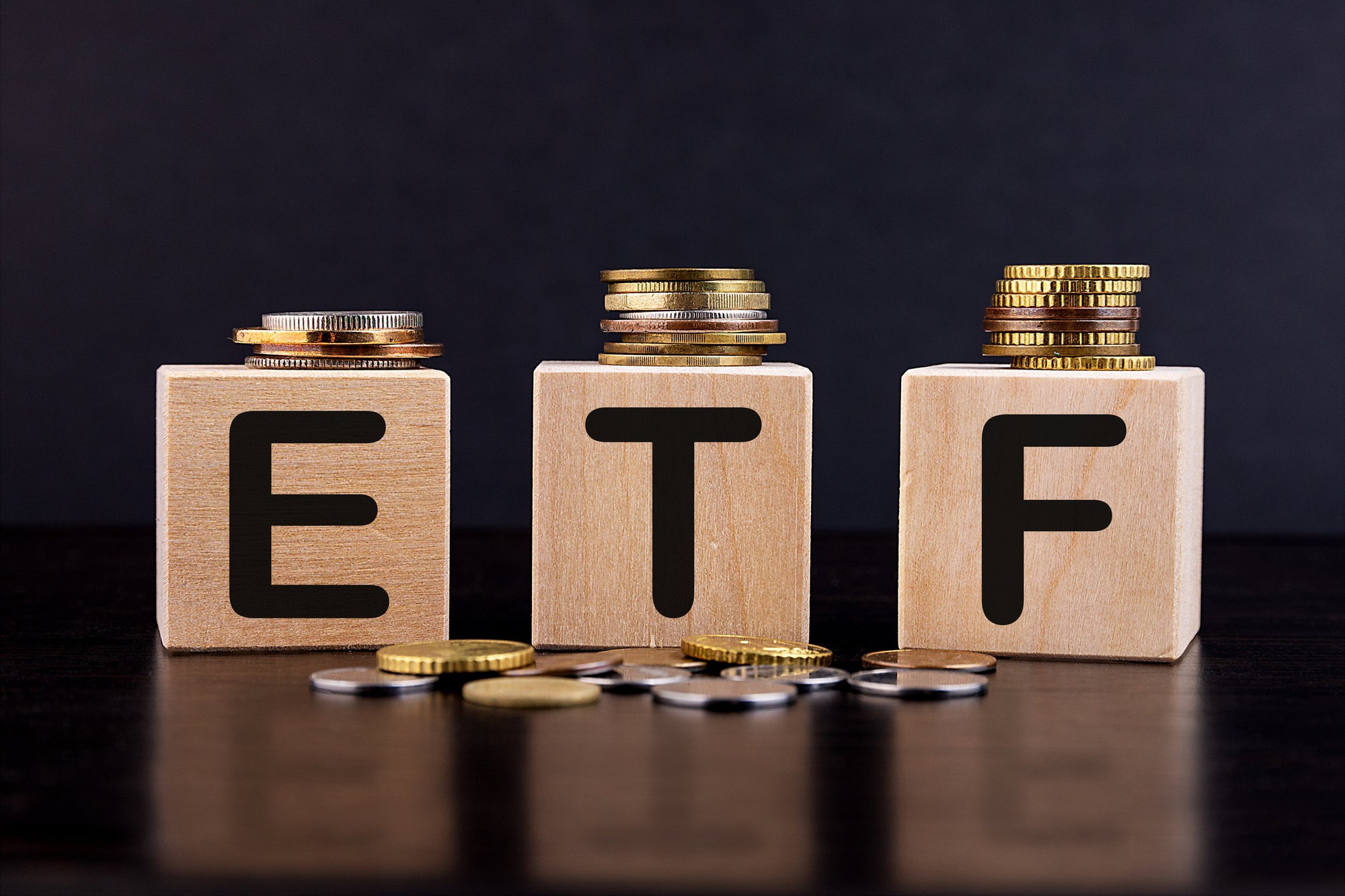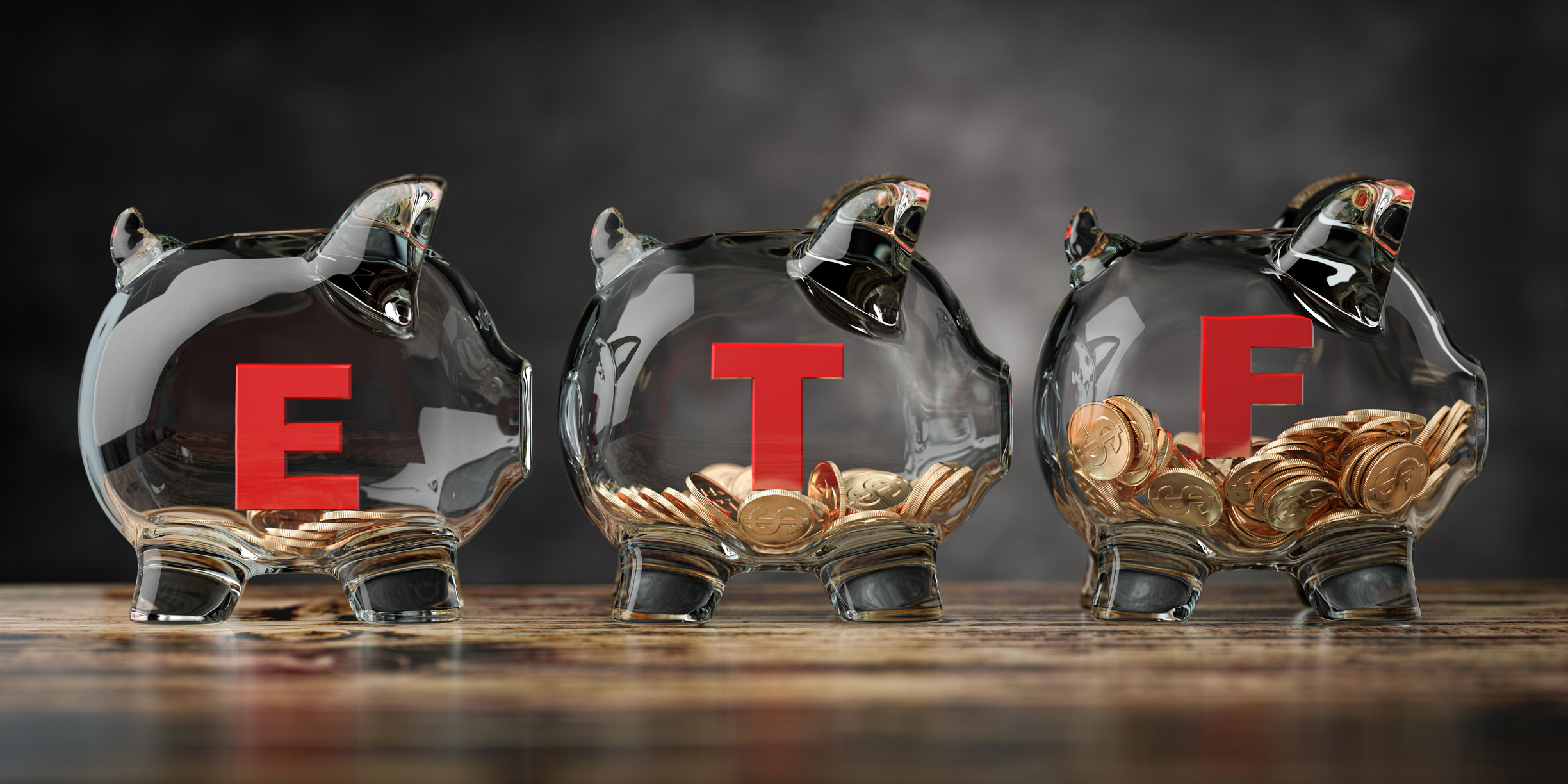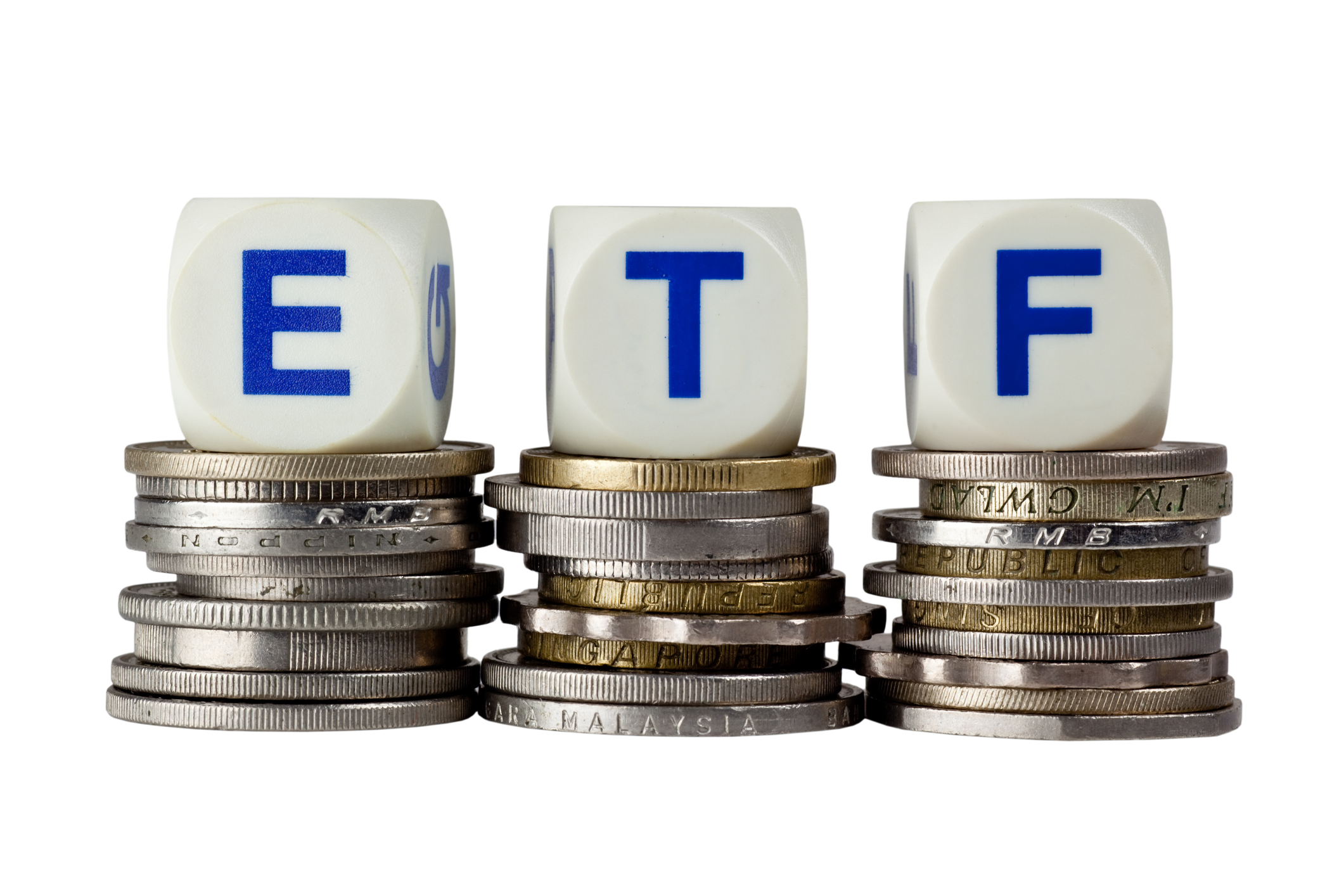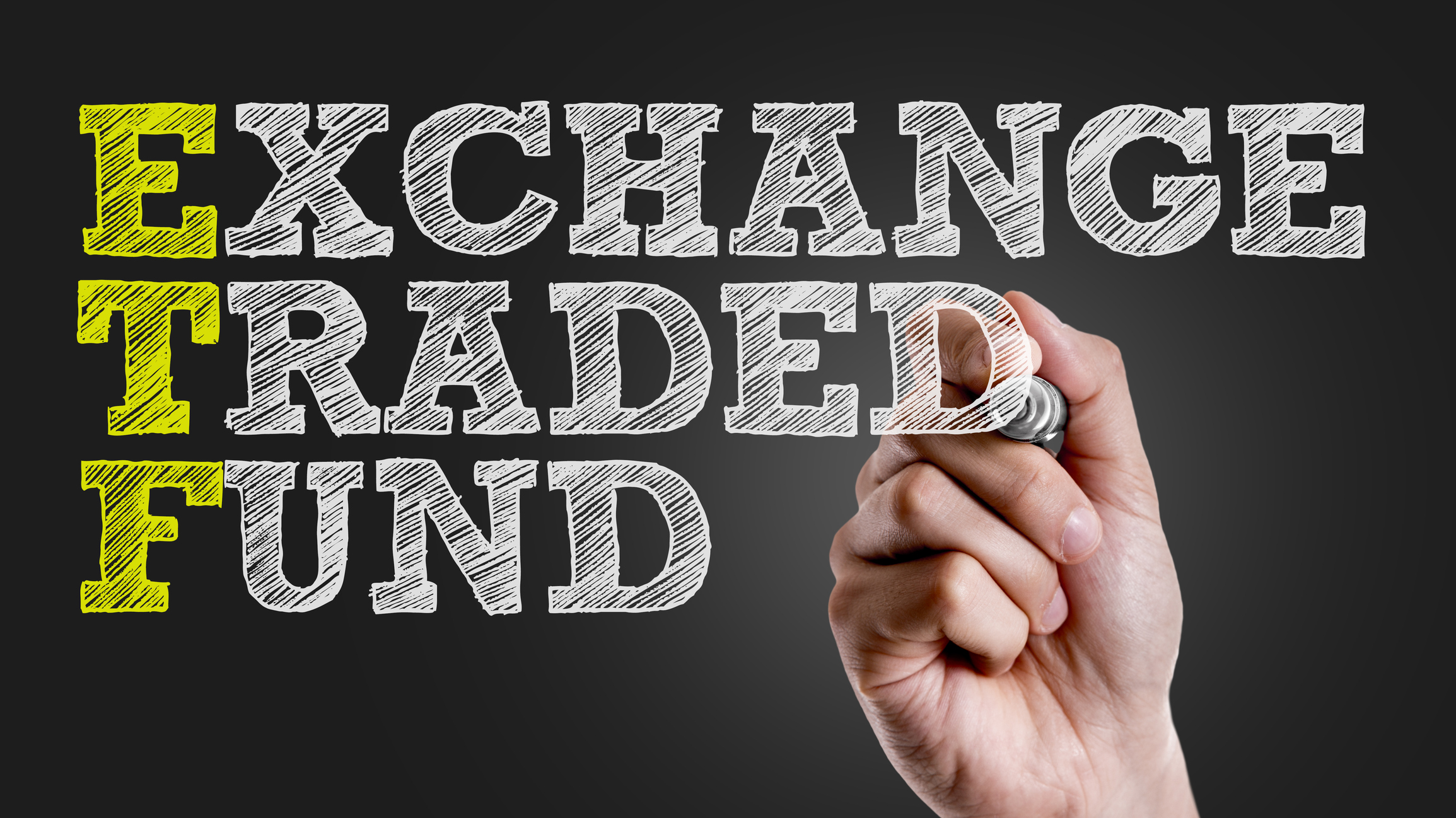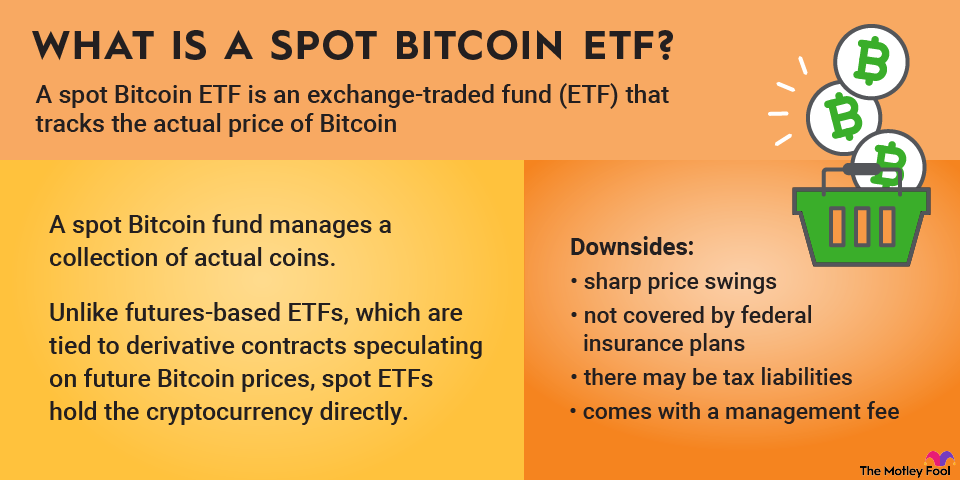Covered call ETFs have quickly grown in popularity as investors search for ways to boost yield in uncertain markets. A covered call ETF essentially trades upside price appreciation for above-average income generation.
The rise in covered call ETFs became especially noticeable after the 2022 bear market, when these funds outperformed broader equity benchmarks due to their ability to capitalize on elevated market volatility.
Investors were drawn to their high-income potential, often yielding far more than traditional dividend ETFs.

But this isn’t a free lunch. Like most derivatives-based strategies, covered call ETFs come with trade-offs and added complexity. That’s why it’s important to understand how they work and whether they fit your portfolio before investing.
Seven best covered call ETFs in 2025
Covered call ETFs have exploded in popularity thanks to their high yields and defensive appeal. But not all funds in this category are built the same. In this section, we’ll go over seven of the best covered call ETFs for 2025.
Some follow strict indexes, while others are actively managed. Some prioritize income above all else, while others try to strike a better balance between yield and growth.
For each one, we’ll look at how it performed historically, its yield (either on a forward, 12-month trailing, or 30-day SEC basis), its expense ratio, whether it’s active or index-based, and the reason it’s worth considering.
2. Global X Nasdaq 100 Covered Call ETF
The Global X Nasdaq 100 Covered Call ETF (QYLD -0.06%) is the more aggressive cousin to the previous ETF, using the same strategy but with different underlying holdings.
It tracks the CBOE Nasdaq-100 BuyWrite V2 index and holds all the stocks in the Nasdaq-100. Like the Global X S&P 500 Covered Call ETF, it sells one-month at-the-money calls on 100% of its portfolio, and charges the same 0.60% expense ratio.
Because the Nasdaq-100 is more volatile, dominated by tech and growth stocks, this ETF collects larger option premiums. That’s why its 12-month yield has been higher, at 13.39%. But just like the other ETF, its upside is capped. The at-the-money strike means that gains beyond the call option are forfeited each month.
Over the last 10 years, this ETF has returned 8.8% annualized with reinvested distributions. The higher yield may appeal to income-focused investors, but the trade-off is limited capital appreciation.
3. JPMorgan Equity Premium Income ETF
The JPMorgan Equity Premium Income ETF (JEPI -0.10%) is the largest covered call ETF on the market, with more than $39 billion in assets under management.
Unlike the previous two ETFs discussed here, which follow a strict index approach, this ETF is actively managed and takes a more nuanced approach to generating income.
It starts with a portfolio of defensive, low-volatility stocks, aiming to reduce downside risk.
But it doesn’t write covered calls directly on these stocks. Instead, it allocates about 15% of its portfolio to equity-linked notes (ELNs), which are custom over-the-counter structured products that mimic the return profile of one-month, out-of-the-money (OTM) covered calls on the S&P 500.
This approach allows this ETF to collect options premium while preserving some upside, which helps explain its stronger total returns. Over the last five years, it delivered a 10.62% annualized return.
The fund currently yields 7.17% based on its 30-day SEC yield and charges a low 0.35% expense ratio. However, its structure comes with two key drawbacks.
First, ELNs are not tax-efficient because they typically generate ordinary income, which is taxed at a higher rate than qualified dividends.
Second, because ELNs are over-the-counter contracts, they carry counterparty risk. You’re relying on the issuing bank to make good on the payout.
6. NEOS Nasdaq-100 High Income ETF
This covered call ETF passively holds stocks from the Nasdaq-100, allowing for tax-loss-harvesting opportunities, while actively managing an options overlay using NDX index options, which, like SPX, are Section 1256 contracts.
Given the higher volatility of the Nasdaq-100, the NEOS Nasdaq-100 High Income ETF (QQQI -1.51%) is able to generate larger option premiums, which explains its elevated 14.28% distribution rate.
Like the NEOS S&P 500 High Income ETF, a meaningful portion of those distributions is classified as return of capital, which can help defer taxes by reducing cost basis instead of triggering immediate income tax.
The fund charges a 0.68% expense ratio, and although it’s newer -- launched on Jan. 30, 2024 -- it’s already showing strong results.
Since its inception, it has delivered a 21.08% annualized return, outperforming the CBOE Nasdaq-100 BuyWrite Monthly Index, which returned 12.01% over the same period.
Related investing topics
Should you buy a covered call ETF?
Reasons to consider:
- Ideal for retirees or income-focused investors in the decumulation phase who want steady, predictable monthly payouts.
- Works best in rangebound or high-volatility markets, where stock prices move sideways and option premiums can be collected repeatedly.
- Particularly effective in tax-sheltered accounts like a Roth IRA or tax-free savings account (TFSA), where distributions aren’t taxed.
Reasons to be cautious:
- Limited upside: The strategy caps potential gains, causing underperformance in strong bull markets.
- Tax inefficiency: Frequent distributions and option income can create a higher tax burden in taxable accounts.
- Not beginner-friendly: Covered call ETFs use derivatives that can behave differently from traditional index funds, making them more complex and harder to use effectively.
- Long-term performance risk: Over time, most covered call ETFs lag traditional index ETFs because of their capped growth and higher costs.
